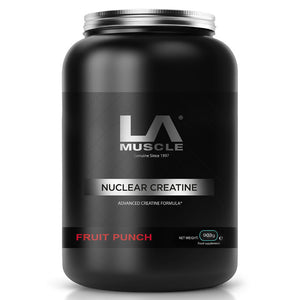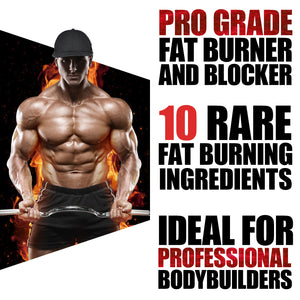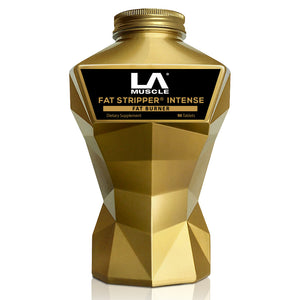
Introduction
Reverse Pyramid Training (RPT) is a strength training methodology that has gained significant popularity among fitness enthusiasts and professional athletes. Unlike traditional pyramid training, where you start with lighter weights and increase the weight with each set, RPT begins with the heaviest set and decreases the weight in subsequent sets. This article delves into the intricacies of RPT, its benefits, and the athletes and fitness professionals who swear by it.
What is Reverse Pyramid Training?
Reverse Pyramid Training is a weightlifting technique where the lifter starts with their heaviest set first, followed by progressively lighter sets. This approach is the opposite of traditional pyramid training, where one would start with lighter weights and increase the load with each subsequent set.
Typical RPT Structure:
- Set 1: Heaviest weight, fewest reps.
- Set 2: Reduce weight by 10-20%, increase reps.
- Set 3: Further reduce weight by 10-20%, further increase reps.
Benefits of Reverse Pyramid Training
-
Maximal Strength Gains: Starting with the heaviest set allows the lifter to tackle the most challenging weights when they are the freshest, potentially leading to more significant strength gains.
-
Efficiency: RPT can be more time-efficient, as the most demanding set is done first, reducing the total number of warm-up sets required.
-
Metabolic Boost: The intensity of starting with heavy weights can provide a metabolic boost, potentially aiding in fat loss.
-
Mental Edge: Conquering the heaviest set first can give lifters a psychological boost, making subsequent sets feel more manageable.
How to Implement Reverse Pyramid Training
-
Warm-Up: Begin with a thorough warm-up to prepare your muscles. This can include dynamic stretches and a few light sets of the exercise you're about to perform.
-
Determine Your Starting Weight: Your first set should be the heaviest. This weight should be challenging but maintainable for the desired number of reps.
-
Decrease Weight for Subsequent Sets: After completing the first set, reduce the weight by 10-20% for the next set and aim for more reps. Continue this pattern for all subsequent sets.
-
Rest Periods: Allow adequate rest between sets, typically 2-3 minutes, to ensure recovery and maintain performance.
Who Uses Reverse Pyramid Training?
RPT is favoured by a diverse group of individuals, including:
-
Bodybuilders: Many bodybuilders use RPT to break plateaus and introduce variety into their routines.
-
Strength Athletes: Powerlifters and strongmen have incorporated RPT into their training regimens to maximize strength gains.
-
Recreational Lifters: Those looking for a change in their routine or wanting to maximize their time in the gym can benefit from RPT.
-
Fitness Professionals: Personal trainers often introduce clients to RPT as a way to challenge them and achieve rapid strength gains.
Reverse Pyramid Training offers a unique approach to strength training that can lead to impressive results when implemented correctly. By starting with the heaviest set and progressively lightening the load, lifters can maximise their strength gains, enjoy a metabolic boost, and bring variety to their workouts. Whether you're a seasoned athlete or just starting your fitness journey, RPT might be the technique to elevate your training to the next level.


























